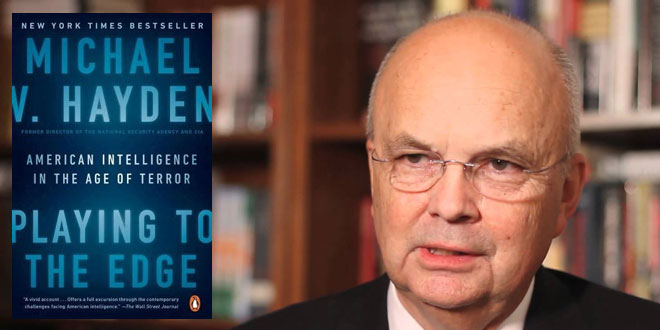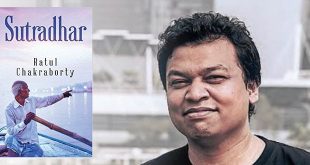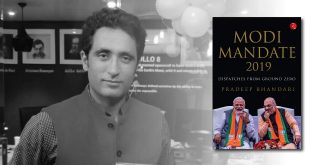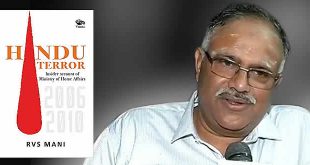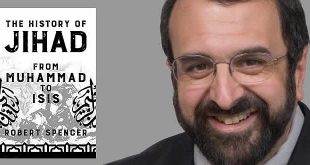Pages: 464
Price: Rs. 499
The memoirs of the American intelligence operative who headed the NSA, the world’s most potent electronic surveillance agency, and then the CIA in the dangerous decade when his country faced its biggest terror attack and went on a worldwide hunt against the conspirators would seem to make fascinating reading. They do – but not for the obvious reasons.
If you are looking for juicy revelations, you might end up a bit disappointed. As an official approved account, it will not be full of heart-stopping clandestine missions, or desperate against-the-clock attempts to foil terror attacks, and other thrills due to security reasons, diplomatic considerations and operational requirements.
And as the author explains, all these are only a part of what intelligence services do. More relevant – and quite controversial too – is the operational and political management of intelligence, especially in thriving democracies.
And given the intelligence agencies’ clandestine methods, particularly the ‘snooping’ part, there are always going to be questions about their techniques, the violation of rights and privacy, and consequently, political spats.
This is where the book by US Air Force Gen. Hayden who spent most of his over four-decade-long military career in an intelligence role (being the only man to head both the NSA and the CIA), is vital.
Hayden was no strange to controversy. In his tenure as NSA chief (1999-2005), he oversaw the contentious, mostly warrantless, surveillance of communications between persons in the US and suspected foreign terrorist groups, which drew flak from politicians and rights activists. (And then the Edward Snowden episode stemmed from one of his changes).
As head of the CIA, his backing of the George W. Bush regime’s measures such as the rendition programme and the ‘enhanced interrogation techniques’ (or torture in a way for terrorists) as effective drew equal flak. But then he goes on tell us that the much-pilloried ‘waterboarding’ was only performed on three captured terrorists only.
In this candid memoir, he seeks to tell his side of the story as well try to set the record on what intelligence agencies do, opining “critics, observers , and just average citizens don’t know much about intelligence as they want or should” and one goal here is to address this.
While Hayden brings out various facets of his own life and earlier career in his account, the primary focus is on the tumultous decade of his top service – and beyond to cover how the Barack Obama regime did in this sphere and issues like the Snowden revelations. The pattern is mainly chronological for this part, though on some particular topic, he can go forward and back a bit.
And there are some important points, especially dealing with the political fallout of his (and his predecessors’ actions) as shown by his interaction with and the response of members of the Congress. This can either be seen as concern over encroachments on liberty and actions which tarnish a democratic nation’s reputation or political partisanship and self-interest at its worst. And then are the encounters with journalists, both open to reason and obdurate.
Hayden’s detailed account is sometimes a bit exacting with a jungle of acronyms and quite dense legal, political and bureaucratic considerations but it is enlivened by a dry, even sarcastic, humour that can crop up unexpectedly. One of the best is that how when an operative sees flowers, he immediately looks for the hearse.
This is especially in evidence (mixed with exasperation) in sections dealing with Pakistan. He notes that shortly before the raid on Abbottabad where Osama Bin Laden was killed, the Time magazine named ISI chief Ahmed Shuja Pasha as one of the world’s most 100 influential persons and asked him to contribute a short piece. Hayden says he asked present and past officials to get some advice, specifically words to describe Pasha and the ISI.
“One of the gentler ones suggested to me was ‘duplicitous’,” he recalls.
There is a short but incisive mention of 26/11 but that is characteristic of the book’s nature. Its worth lies not as a reference but more to instigate more, reasoned debate over the conflict between legality and openness with secrecy and effective covert action to protect against a threat which doesn’t operate by rules.
 Kids Portal For Parents India Kids Network
Kids Portal For Parents India Kids Network
